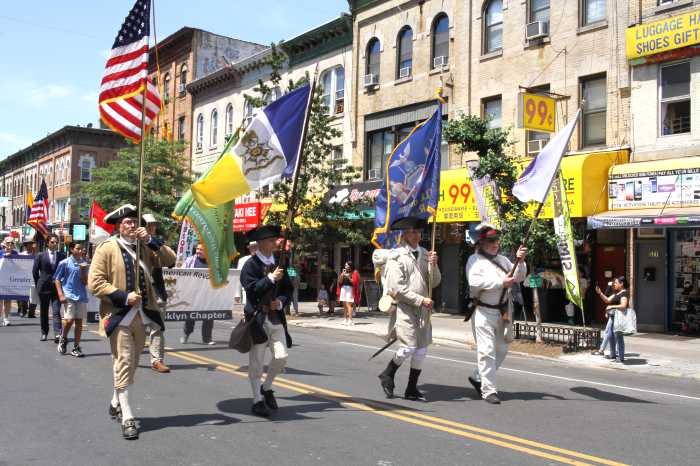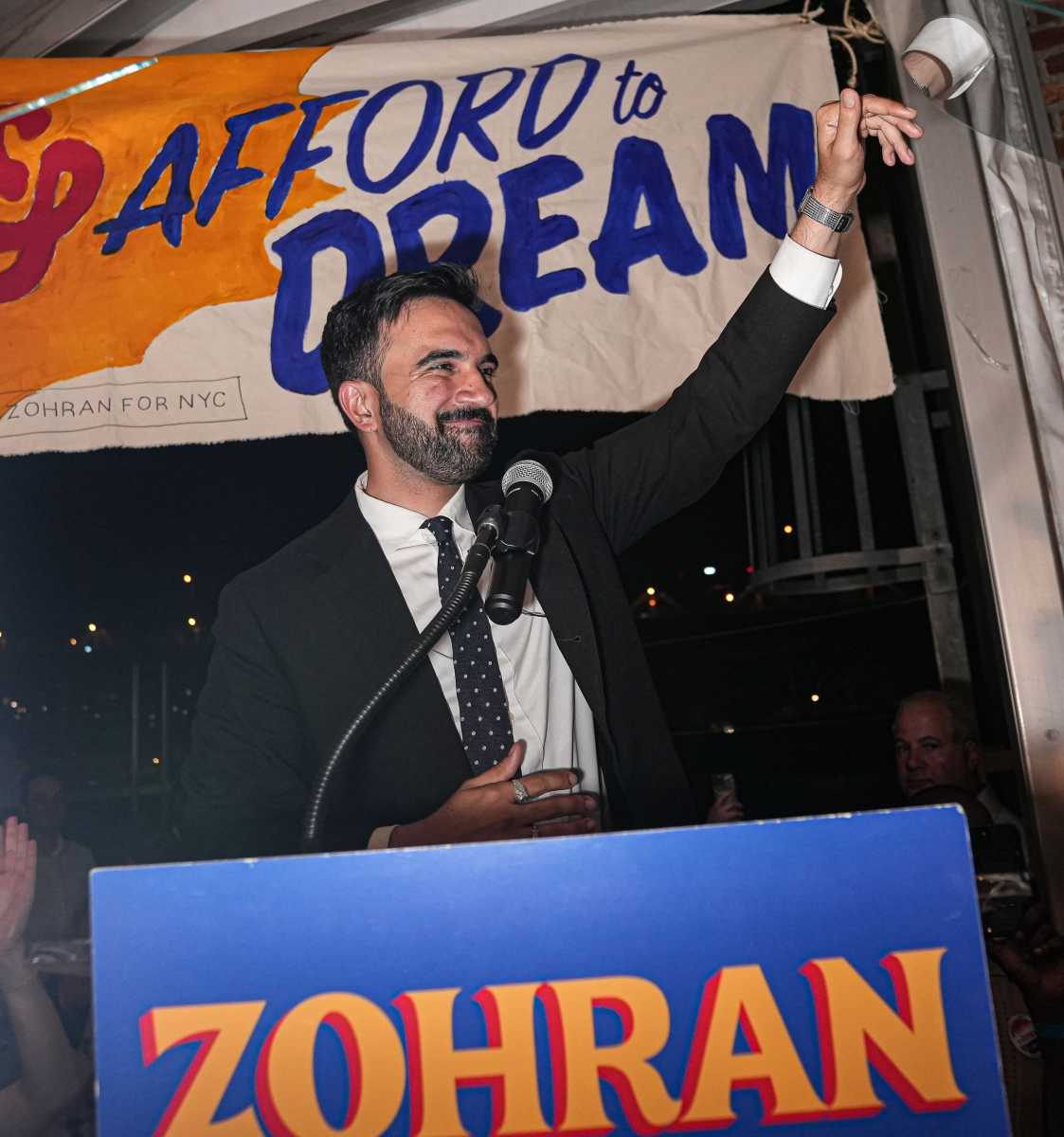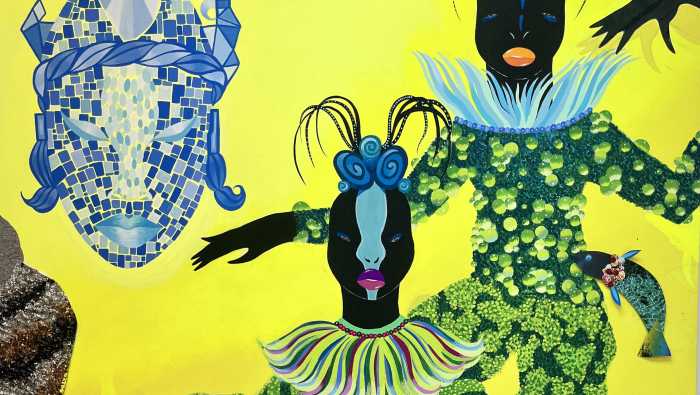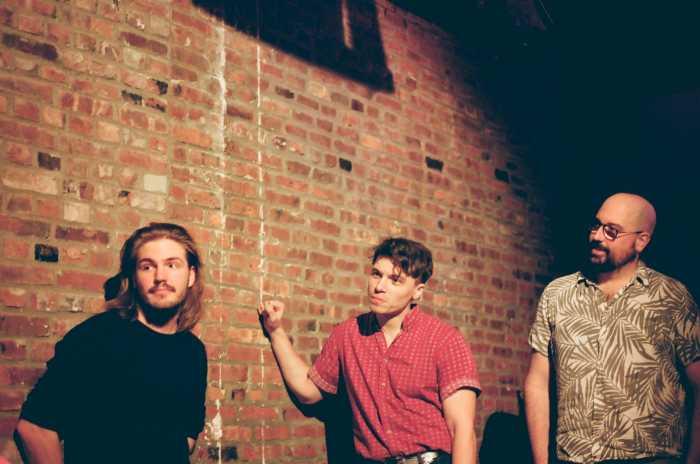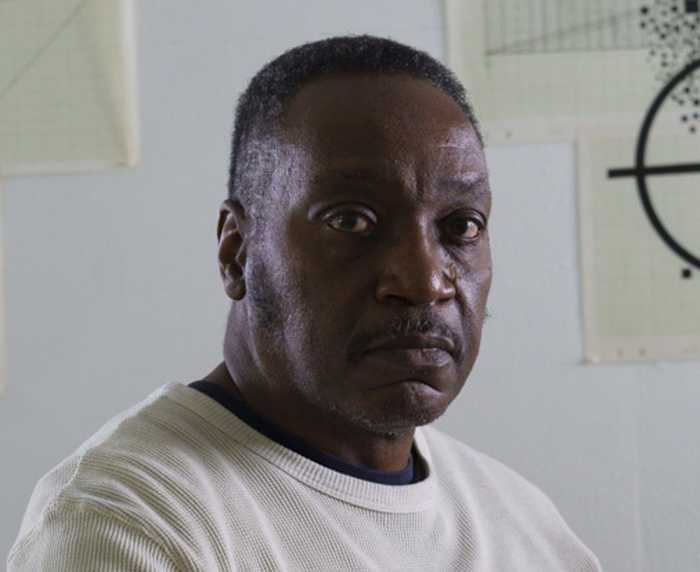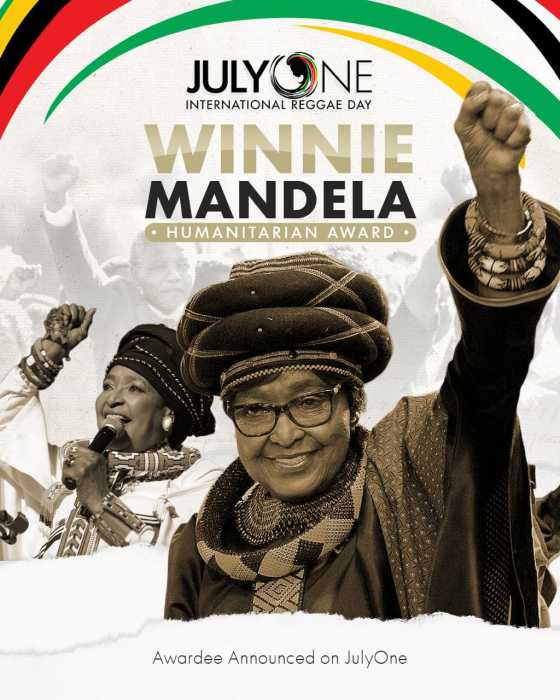Manhattan has its eponymous bourbon and vermouth. And Brooklyn now has its … ice milk and caramel syrup?
Apparently, a Starbucks vanilla bean frappuccino — with a caramel swirl! — will be our borough’s star in the culinary firmament.
Created by a Starbucks district manager after noticing high school girls customizing the traditional vanilla bean frappuccino, “The Brooklyn” consists of nothing more than the ubiquitous chain’s existing drink, enhanced with a bit more sugar.
A Starbucks on Court Street broke the “news” this week by putting out an A-frame sign heralding, “The new all time favorite drink…the Brooklyn.”
Oh, and did we mention that it’s 40 more cents ($4.90 for a venti!) — and 20 more calories (620, but who’s counting?) — than the standard frappuccino.
The whole thing may feel like a scam — or a way for Starbucks bean counters to stave off the vanilla bean frappuccino blues — but hours after the sign was deployed outside that Court Street Starbucks, customers were genuinely abuzz (and there’s no caffeine in a “Brooklyn,” either!).
“It’s the latest craze. Everyone’s talking about it,” said Park Slope resident Tanya Mikula.
“It” is merely blended milk, vanilla powder, crushed ice, and whipped cream.
And that all-important caramel swirl.
Given their own addiction to sugary summertime fluff, it’s no surprise that Hollywood stars have already latched onto “the Brooklyn.”
Denzel Washington and John Travolta apparently quaffed a few during the filming of “The Taking of Pelham 123” in the neighborhood last month, a production assistant said.
No word on whether the stars came back for seconds.
But real Brooklynites weren’t convinced.
“This is news to me,” said Greg Jensen, a messenger. “I didn’t know vanilla and caramel had anything to do with Brooklyn.”
Didn’t know?! Caramel is merely burned sugar — and if nothing else, the history of Brooklyn is the history of American sugar refining. By the late 19th-century, sugar plants here produced more than half the sugar consumed in the United States.
And now, thanks to Starbucks, we’re consuming it back.
— with Jessica Firger




